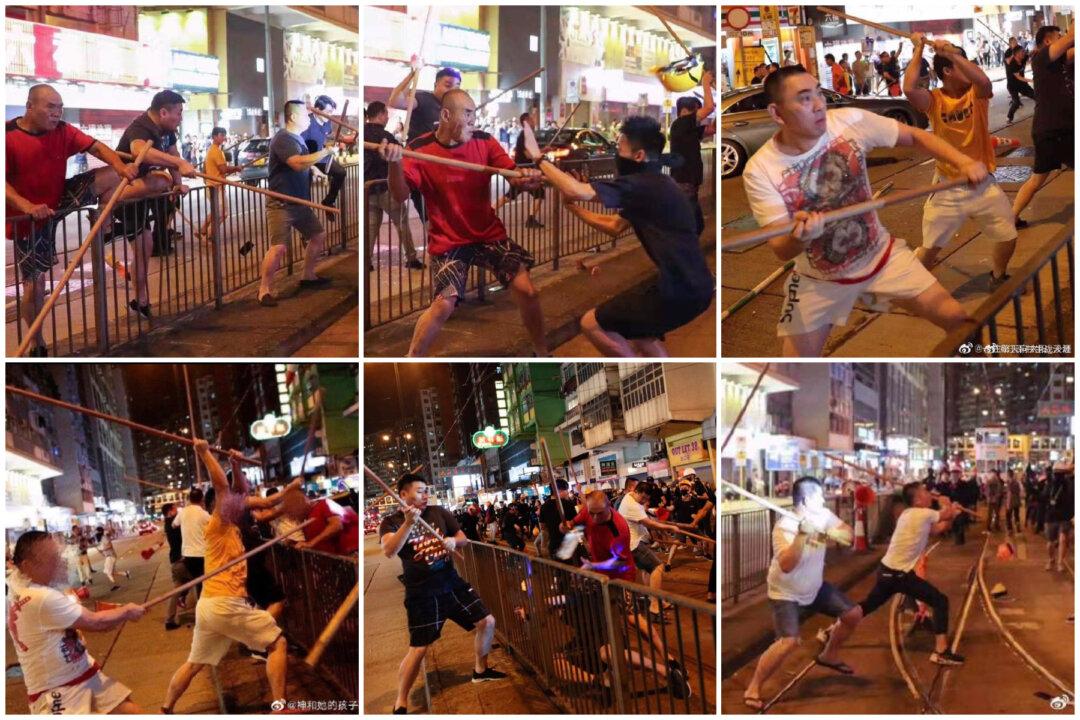As protests continue to roil Hong Kong, a recent mob attack on demonstrators has drawn public scrutiny over the role of local native-place associations.
On Aug. 5 evening, dozens of attackers descended onto protesters who were gathered in the North Point district, on the eastern side of Causeway Bay. The mob carried long sticks and knives, according to eyewitness accounts.





